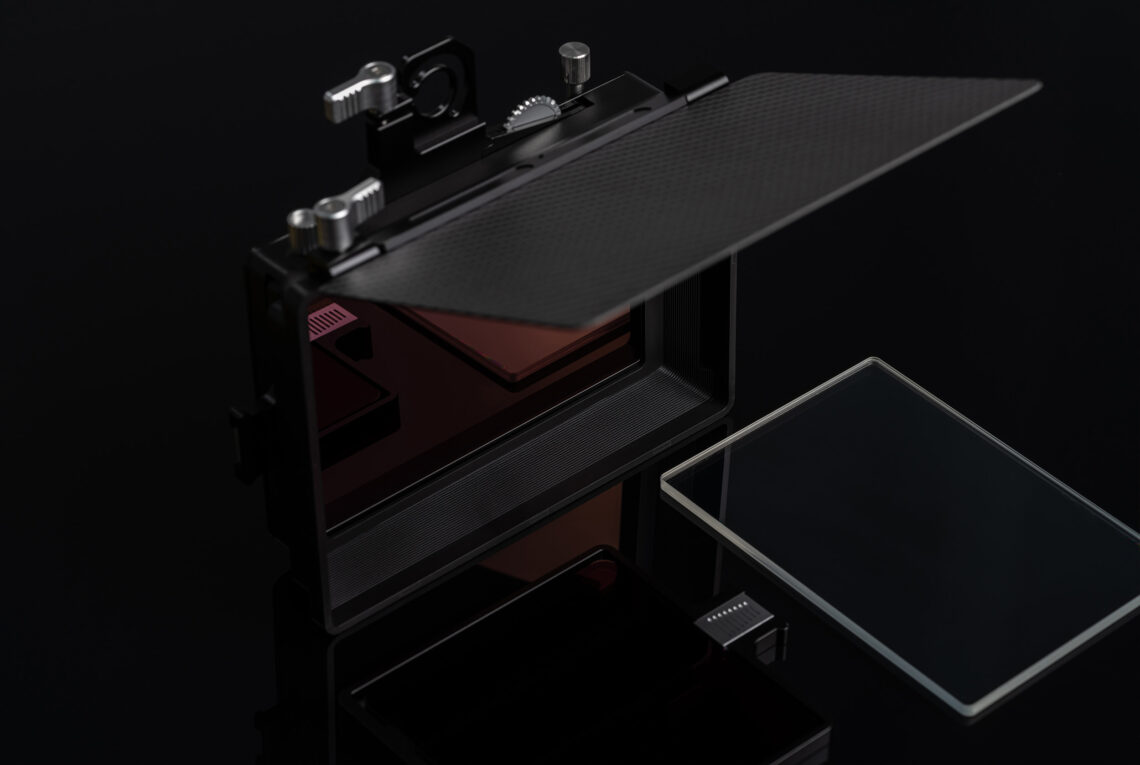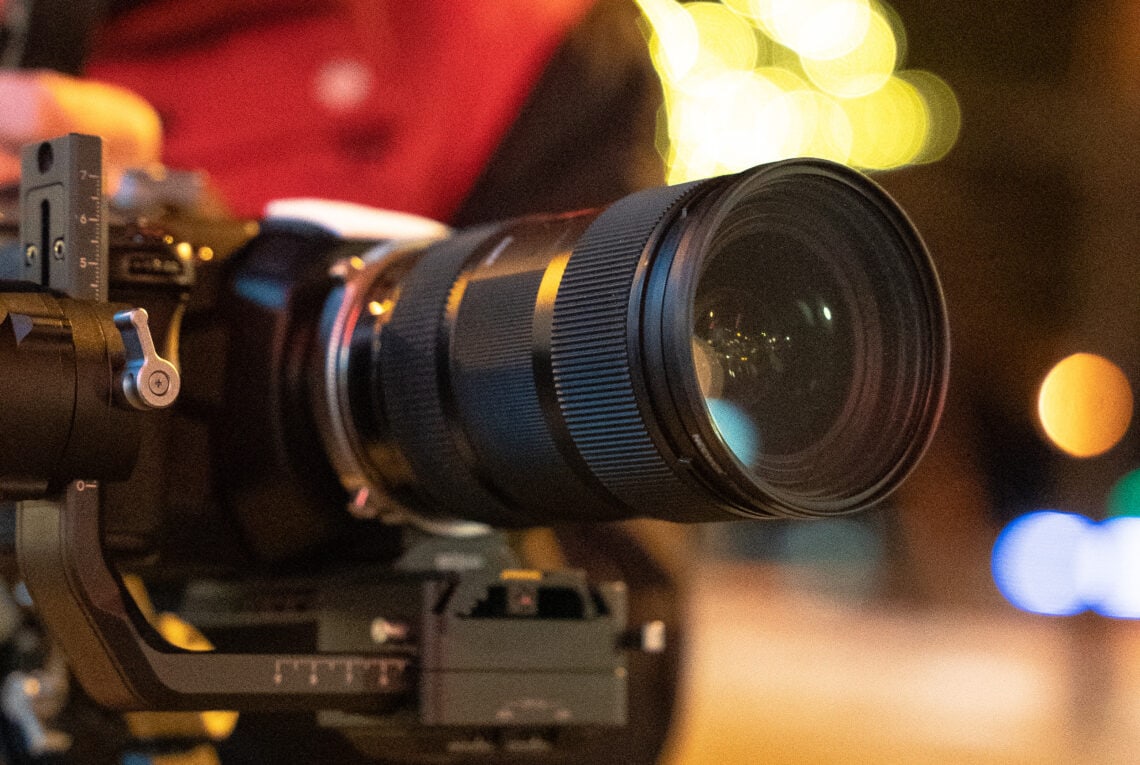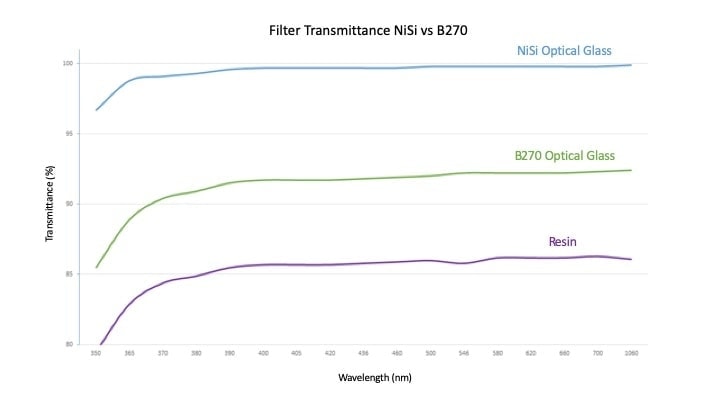Mist filters have become an increasingly popular tool in the world of photography, providing a unique effect that can enhance the mood and atmosphere of an image. Essentially, a mist filter is a piece of glass that is designed to diffuse light and create a hazy, dreamy effect in your photographs. Mist filters come in a range of different styles and colours, but two of the most popular are White mist and Black mist. In this article, we’ll take a closer look at the differences between these two types of filters, and offer some recommendations on which to choose based on your specific needs.
What is a Mist Filter?
Before diving into the differences between white mist and black mist filters, it’s worth taking a moment to define what a mist filter actually is, and what effect it has on your images. Essentially, a mist filter is a piece of glass that is coated with a special material that creates a diffused, hazy effect when light passes through it. This can create a number of different effects, depending on the strength of the filter and the conditions in which it is used.
For example, a mist filter can be used to create a soft, dreamy effect in portraits, making skin appear smoother and more ethereal. In landscape photography, a mist filter can create a sense of depth and atmosphere, adding a softness to the image that can be particularly effective at sunrise or sunset. Ultimately, the effect of a mist filter is to create a sense of mystery and romance in your images, lending them a timeless quality that can be very appealing.
Effect of White Mist Filters
White mist filters are one of the most popular types of mist filter, and are sometimes known as “Diffusion” or “Allure” filters. As the name suggests, these filters create a diffuse, hazy effect when light passes through them, creating a soft and dreamy look to your images. White mist filters are often used in portrait photography, as they can help to smooth out the skin and create a flattering, ethereal effect. They can also be used in landscape photography, particularly when shooting in misty or foggy conditions, as they can help to enhance the atmospheric quality of the image.

One of the key advantages of white mist filters is that they can be used in a wide range of lighting conditions, from bright sunshine to low light. They can be particularly effective when shooting in bright sunlight, as they can help to reduce harsh shadows and create a more even, diffused light across the scene. The NiSi White Mist filter comes as a Circular filter from 49mm to 95mm in 1/4 stop, or, for the Cinema format 4×5.65″, at 1 stop, 1/2 stop, 1/4 stop and 1/8 stop, allowing you to choose the right filter for your specific needs and lenses.
The Cinema White Mist filters are perfect to be used with our C5 Matte Box system.
Effect of Black Mist Filters
Black mist filters are becoming the most common type of mist filter, and they can be particularly effective when used correctly. As the name suggests, these filters create a darker, more ominous effect when light passes through them, creating a moody and atmospheric look to your images. Black mist filters are created with the addition of small black flecks, so it will still create a halation around points of light and soften skin, however, controls the light differently and leaves shadows unaffected.

One of the key advantages of black mist filters is that they can be particularly effective when shooting in low light conditions. They can help to create a sense of depth and atmosphere in the image, even when the lighting conditions are not particularly favourable. The NiSi Black mist filter comes as a Circular filter from 49mm to 95mm in 1/2 stop, 1/4 stops and 1/8 stop, or, for the Cinema format 4×5.65″, at 1 stop, 1/2 stop, 1/4 stop and 1/8 stop, allowing you to choose the right filter for your specific needs and lenses.
-
Circular filters
 Allure Mist Black Diffusion Circular Filter (1/8 Stop)
Allure Mist Black Diffusion Circular Filter (1/8 Stop) -
Circular filters
 Allure Mist Black Diffusion Circular Filter (1/4 Stop)
Allure Mist Black Diffusion Circular Filter (1/4 Stop) -
Circular filters
 Allure Mist Black Diffusion Circular Filter (1/2 Stop)
Allure Mist Black Diffusion Circular Filter (1/2 Stop) -
Cinema 4×5.65
 NiSi Cinema 4×5.65″ Allure Mist Black Diffusion Filter (1 Stop)
NiSi Cinema 4×5.65″ Allure Mist Black Diffusion Filter (1 Stop) -
Cinema 4×5.65
 NiSi Cinema 4×5.65″ Allure Mist Black Diffusion Filter (1/2 Stop)
NiSi Cinema 4×5.65″ Allure Mist Black Diffusion Filter (1/2 Stop) -
Cinema 4×5.65
 NiSi Cinema 4×5.65″ Allure Mist Black Diffusion Filter (1/4 Stop)
NiSi Cinema 4×5.65″ Allure Mist Black Diffusion Filter (1/4 Stop) -
Cinema 4×5.65
 NiSi Cinema 4×5.65″ Allure Mist Black Diffusion Filter (1/8 Stop)
NiSi Cinema 4×5.65″ Allure Mist Black Diffusion Filter (1/8 Stop)
Mist filters for the NiSi Swift system
Also available for the NiSi Swift system in 1/4 stop and 1/8 stop, to be used together with the NiSi True Color VND 1-5 stops, or they can be used by themselves using this adapter ring here.
Find out more about our NiSi Swift system in this page.
Main Differences Between Black and White Mist Filters
So, what are the main differences between black and white mist filters? While both types of filter create a hazy, diffused effect in the image, the key difference is in the color of the filter speckles themselves. White mist filters create a soft, dreamy effect, while black mist filters create a darker, more ominous effect. This means that the two types of filters are often used in very different contexts, with white mist filters being more commonly used in portrait and landscape photography, while black mist filters are more commonly used to remark moody images and dark atmospheric situations.
When choosing between white mist and black mist filters, it’s important to consider your specific needs and the context in which you will be using the filter. If you’re shooting a portrait in bright sunlight and want to create a soft, dreamy effect, a white mist filter may be the best choice. If you’re shooting a moody, atmospheric image in low light conditions, a black mist filter may be more appropriate.
Recommendations When Buying a Mist Filter
When buying a mist filter, there are a few key factors to consider. First, you’ll need to decide whether you want a Circular filter or a Cinema filters in square format. Circular filters are the most common type, and simply screw onto the front of your lens like any other filter. Cinema filters, on the other hand, require an holder, like our C5 Matte Box that attaches to the front of your lens. Cinema filters can be more versatile, as you can easily switch between different filters and different filter threads, adapting the holder or the Matte Box with different adapter rings to different lenses.


Second, you’ll need to decide on the strength of the filter. As mentioned earlier, mist filters come in a range of different strengths, from subtle to pronounced. It’s important to choose the right strength for your specific needs, as using a filter that is too strong can quickly overwhelm the image.
For a starting point, we always recommend to go for 1/4 stop, both for the White Mist and the Black Mist.
Finally, you’ll need to consider the brand and quality of the filter. There are a number of different brands that produce mist filters, and the quality can vary significantly. It’s worth investing in a high-quality filter, as this will ensure that you get the best possible results from your photography.
The grade of optical glass used by NiSi cannot be found in any other filter by any other manufacturer. The only other place you will find glass of this standard is in high-end optical lenses.
The “recognised standard” in glass for filters is Schott B270. Fine glass without a doubt. But NiSi don’t do “standard” and the glass we use is optically, demonstrably, superior to B270, as the chart on the right side.
Conclusion
Mist filters can be a powerful tool for photographers, creating a unique and atmospheric effect that can enhance the mood and atmosphere of your images. White mist filters are a popular choice for creating a soft, dreamy effect, while black mist filters are often used for more darker effect when light passes through them, creating a moody and atmospheric look to your images. When choosing a mist filter, it’s important to consider your specific needs and the context in which you will be using the filter. With the right filter and a bit of experimentation, you can create truly stunning images that capture the timeless beauty and mystery of mist.













